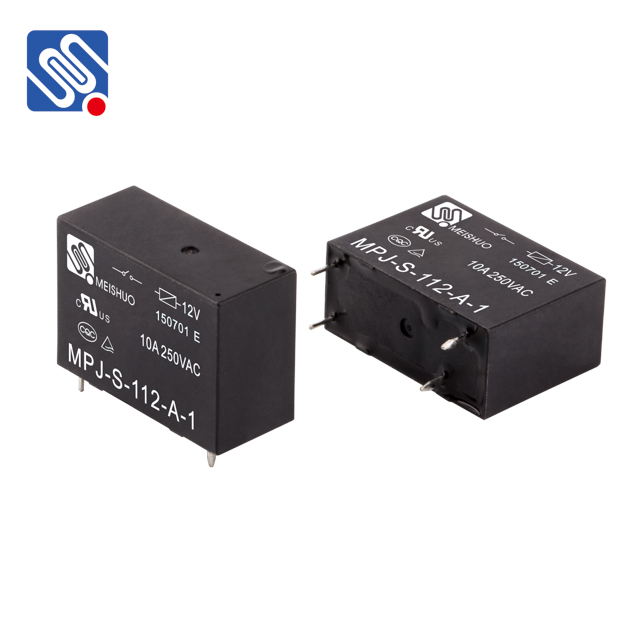In the modern world of electrical engineering, relays play a critical role in controlling electrical circuits by acting as switches that open and close circuits in response to electrical signals. Whether you’re working on industrial automation systems, automotive electronics, or household appliances, choosing the right relay for your specific application is crucial. A well-informed relay procurement process ensures the reliability, safety, and efficiency of your system. This Relay Procurement Guide outlines key factors to consider when selecting a relay.

1. Understanding Relay Types The first step in the procurement process is understanding the different types of relays available. Broadly speaking, relays can be classified into mechanical and solid-state types. Mechanical Relays: These are the most common type and feature physical contacts that open and close when a coil is energized. They are typically more cost-effective but can be subject to wear and tear due to their moving parts. Mechanical relays are used in a variety of applications where low power signals control larger power circuits. Solid-State Relays (SSRs): Unlike mechanical relays, SSRs use semiconductors to perform the switching function. These are more durable as they have no moving parts, which means they can operate faster and handle more cycles without degradation. SSRs are often used in applications requiring high switching speed, long operational life, or in environments with vibration.